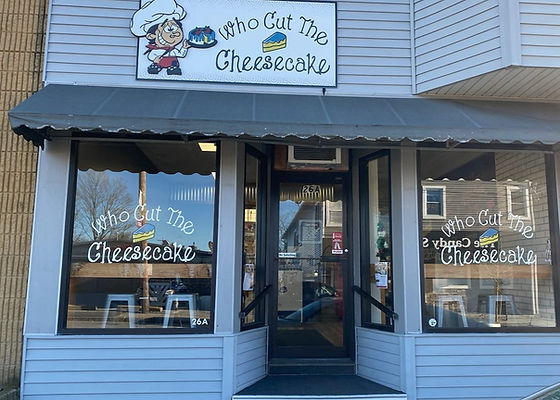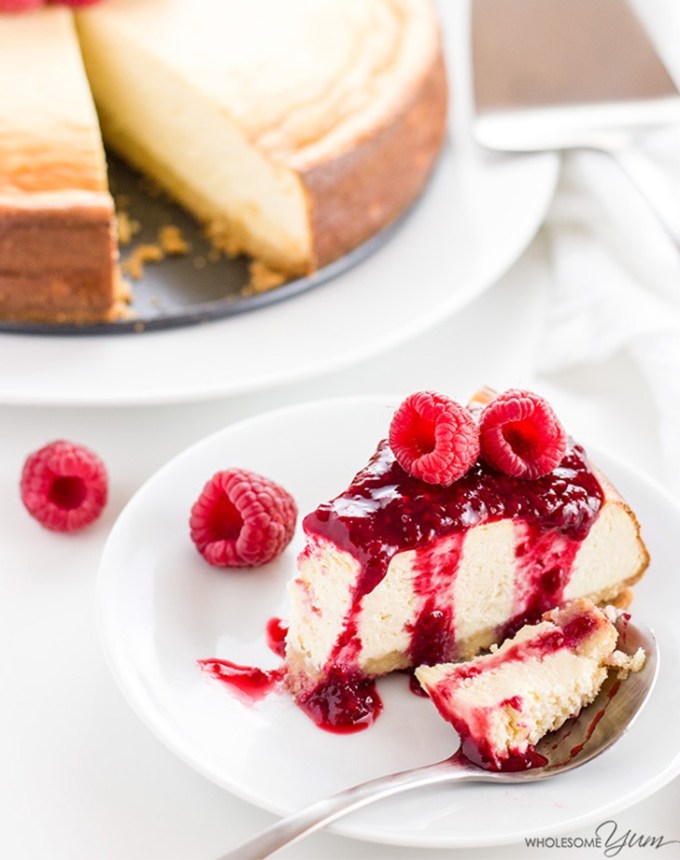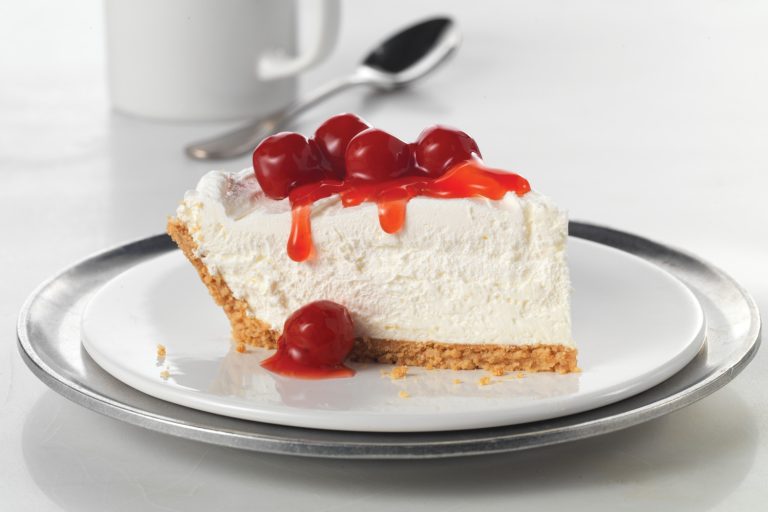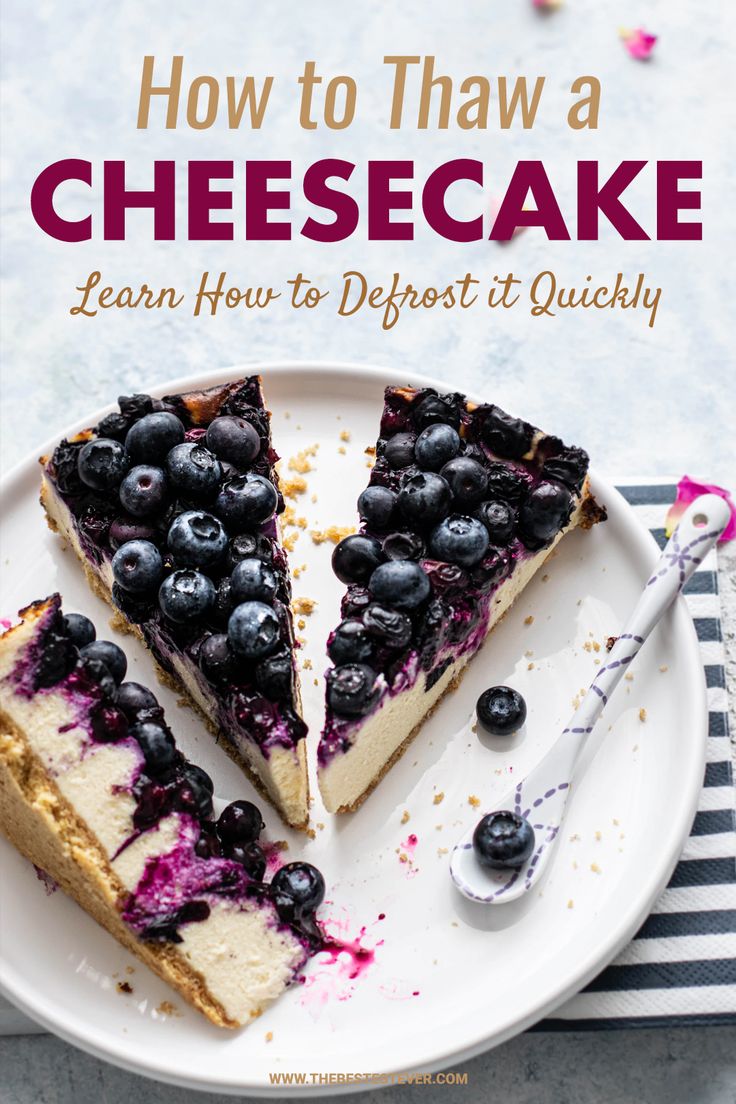What Is Cheesecake Made Of? A Complete Guide For You
What is cheesecake made of? Cheesecake is primarily made from cream cheese, sugar, and eggs, layered over a crust typically composed of crushed cookies or graham crackers. This dessert can be either baked or unbaked and is often flavored with vanilla, lemon, or other ingredients to enhance its taste.
Originating from ancient Greece, cheesecake has evolved over centuries, adapting to various cultures and preferences. Today, it’s a beloved dessert worldwide, with numerous regional variations that reflect local tastes and ingredients.
Whether enjoyed plain or adorned with toppings like fresh fruit, chocolate, or caramel, cheesecake’s rich and creamy texture continues to captivate dessert enthusiasts everywhere.
What Is Cheesecake Made Of?
Core Ingredients
At its essence, cheesecake comprises two main components: the crust and the filling.
1. Crust
The crust serves as the foundation of the cheesecake, providing a contrasting texture to the creamy filling. Common crust ingredients include:
- Graham crackers: A popular choice in American-style cheesecakes.Wikipedia
- Digestive biscuits: Commonly used in European versions.
- Cookies: Such as Oreos or gingersnaps for flavored crusts.
These are typically crushed and mixed with melted butter and a bit of sugar to form a cohesive base.
2. Filling
The filling is the heart of the cheesecake, characterized by its rich and smooth texture. Key ingredients include:
- Cream cheese: Provides the signature tangy flavor and creamy consistency.
- Sugar: Sweetens the mixture.
- Eggs: Act as a binding agent, giving structure to the filling.
- Sour cream or heavy cream: Adds richness and smoothness.
- Flavorings: Such as vanilla extract or lemon zest to enhance taste.
These ingredients are blended until smooth and poured over the prepared crust before baking or chilling.
Variations Across Cultures
Cheesecake has been adapted globally, leading to diverse versions:The Times
- New York-style: Dense and rich, made with cream cheese, heavy cream, and eggs.
- Italian-style: Uses ricotta cheese for a lighter texture.
- Japanese-style: Known for its light, fluffy, and airy consistency, often resembling a soufflé.
- Basque-style: Characterized by its burnt top and creamy interior.
Each variation reflects local ingredients and culinary traditions, offering unique takes on the classic dessert.
Essential Cheesecake-Making Tips
1. Use Room Temperature Ingredients
- Cream cheese, eggs, and sour cream blend better when they’re not cold.
- Room temperature ingredients prevent lumps and create a silky-smooth batter.
2. Don’t Overmix the Batter
- Overmixing adds too much air, which can lead to cracks.
- Mix until just combined—especially after adding the eggs.
3. Use a Water Bath (Bain-Marie)
- A water bath helps bake the cheesecake evenly and gently.
- It adds moisture to the oven, reducing the risk of cracks.
4. Wrap the Pan Securely
- If using a springform pan and a water bath, wrap the bottom tightly in foil to prevent leaks.
5. Bake Low and Slow
- Cheesecake loves a low oven temperature (around 300°F–325°F / 150°C–160°C).
- A gentle bake ensures a creamy texture.
6. Don’t Open the Oven Door
- Opening the door too often can cause the cheesecake to sink or crack.
- Only check toward the end of baking time.
7. Let It Cool Gradually
- After baking, turn off the oven and crack the door.
- Let the cheesecake sit in the oven for 1 hour to prevent sudden temperature changes.
8. Chill Overnight for Best Results
- Cheesecake sets and develops better flavor after several hours in the fridge.
- Chill for at least 4 hours, ideally overnight.
9. Run a Knife Around the Edge
- After baking, gently run a knife around the pan to loosen the cheesecake.
- This prevents cracks as it cools and contracts.
10. Decorate Before Serving
- Add toppings like fruit, chocolate, or whipped cream once fully chilled.
- Decorations can hide imperfections and enhance flavor.
FAQs
1. Can I make cheesecake without baking?
Yes, no-bake cheesecakes are popular and convenient. They typically use gelatin or whipped cream to set the filling, which is then chilled until firm.
2. What can I use instead of cream cheese?
Alternatives include:
- Ricotta cheese: For a lighter texture.
- Mascarpone: Offers a rich and creamy consistency.
- Neufchâtel cheese: A lower-fat option with a similar taste.
3. How do I prevent cracks in my cheesecake?
To avoid cracks:
- Don’t overmix the batter.
- Bake in a water bath to ensure even cooking.
- Allow the cheesecake to cool gradually in the oven with the door slightly open.
4. How long should I chill my cheesecake?
After baking, chill the cheesecake for at least 4 hours, preferably overnight, to achieve the best texture and flavor.
5. Can I freeze cheesecake?
Yes, cheesecake freezes well. Wrap it tightly in plastic wrap and aluminum foil, then freeze for up to 2 months. Thaw in the refrigerator before serving.
Conclusion
Cheesecake is a versatile and beloved dessert with a rich history and numerous variations. Its basic components—crust and filling—can be adapted to suit different tastes and dietary needs. Whether you prefer the classic New York-style or a lighter Japanese version, understanding the fundamental ingredients and techniques will help you create the perfect cheesecake every time.
Related Recipes






